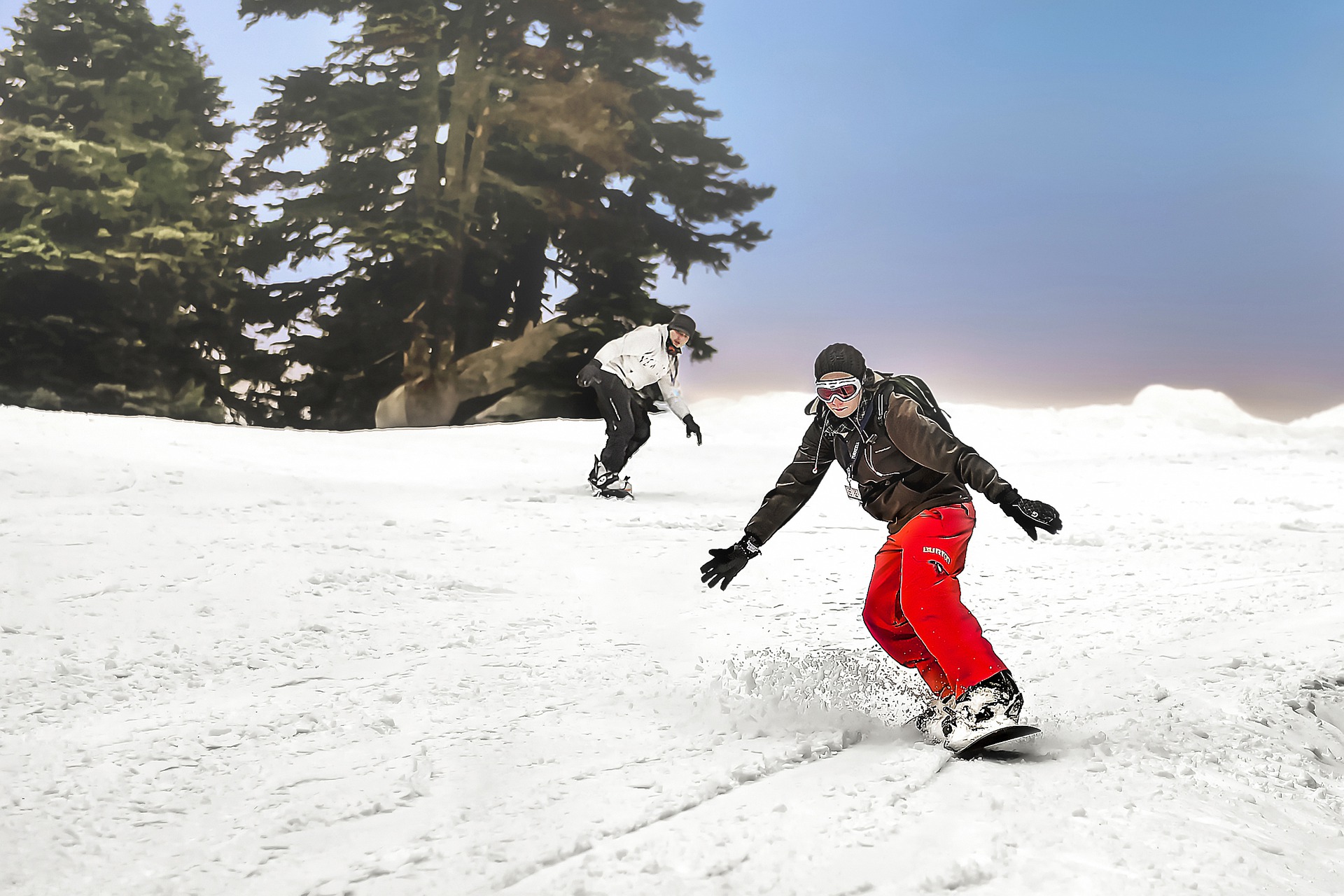Safety on the Slopes
- Category: Blog
- Posted On:
- Written By: Joshua Alpert, MD

For winter sports enthusiasts, this unseasonably snowy winter means more time to partake in sports like skiing, snowboarding and snowshoeing. Snowboarding, in particular, is growing in popularity among teens and young adults.
This sport’s increase in popularity also means a greater risk for injury. However, with the proper gear, training and preparation, snowboarding can be both a safe and rewarding experience.
Common Snowboarding Injuries
According to Dr. Joshua Alpert, orthopedic surgeon on the medical staff at Advocate Sherman Hospital in Elgin, Ill., wrist and clavicle (collarbone) fractures are among the most common snowboarding injuries.
“I’ve seen a lot of snowboarding injuries, especially this winter since the weather has been unusually cold and snowy,” Dr. Alpert says. “A clavicle fracture typically occurs when you fall directly on your shoulder, while a wrist fracture occurs when you fall onto an outstretched arm, using your hand to brace yourself.”
Treatment options vary depending on the break of the bone and the alignment—whether the bones are still touching or if they are overlapping or angled, Dr. Alpert explains. Generally, clavicle injuries are treated with four to six weeks in a sling. A wrist fracture typically requires the snowboarder to be in a cast for four to six weeks. “These bones usually take three months to fully heal, and after that timeframe a snowboarder can return to their active lifestyle.”
An injury frequently seen among basketball and football players, anterior cruciate ligament (ACL) tears in the knee are another common snowboarding injury, Dr. Alpert notes. “This injury might actually be more common in snowboarding than in any other sport,” he says. “When you have muscle fatigue, you have a much greater risk of your leg giving out and tearing your ACL.”
Snowboarding Safety Tips
To stay safe on the slopes, Dr. Alpert and Vince Falco, manager of Raging Buffalo Snowboard Park & Ski Area in Algonquin, Ill., provide the following tips for all snowboarders to keep in mind:
Know your limits: Dr. Alpert recommends that snowboarders know their limits based on their experience level. “If you’re not an experienced snowboarder and want to attempt a higher-level hill, you’re going to have a greater risk of falling and injury,” he explains. “If you’re inexperienced, stick with the smaller hills and get training from a professional.”
Wear the right gear: According to Falco, protective gear can help prevent injury, including a helmet, well-fitted boots, wrist guards and knee pads. “A helmet is absolutely vital to prevent serious injury and should be worn by snowboarders of all skill levels,” Falco says, noting his snowboarding and skiing facility is helmet mandatory. Equipment should also be adjusted properly to ensure the right fit, especially helmets and the bindings that attach the snowboarder’s feet to the snowboard.
Proper training is key: According to Falco, training for a beginner snowboarder includes how to properly put on gear, movement techniques and how to control the snowboard. “We always send out our beginner snowboarders with a qualified instructor who can teach them the basics,” Falco says. “Instructors teach them how to move on the snowboard and how the snowboard behaves on the snow.”
Learn falling techniques: Falling is going to happen, even if you’re a beginner. While every fall is different based on the situation, Falco says a common reaction among beginner snowboarders is to brace the fall with their hands, which can lead to a wrist injury. Instead, he recommends tucking your arms in, hugging your body and rolling on your side or landing on your butt. “When you’re strapped into the snowboard for the first time, it’s a new way of moving and can feel very awkward,” Falco says. “This can make the small amount of speed and distance in a beginner lesson feel amplified.”
Listen to your body: As with any sport, the more fatigued you feel the greater the risk for injury, Dr. Alpert says. Pay attention to how you feel and reduce the number of runs on the slopes accordingly. “When you’re fatigued, your muscles are going to be tired, your reaction time will be slower and you won’t be at your best,” Dr. Alpert says. Another factor to consider is if you’re becoming overheated while snowboarding. “Unlike in the summer, you may not realize you’re overheated when it’s cold and snowy outside,” Dr. Alpert says. “That’s why you need time to cool down in between runs in winter sports.”
By following these tips, winter sports enthusiasts will be ready to take on the slopes before spring finally comes to Illinois.


